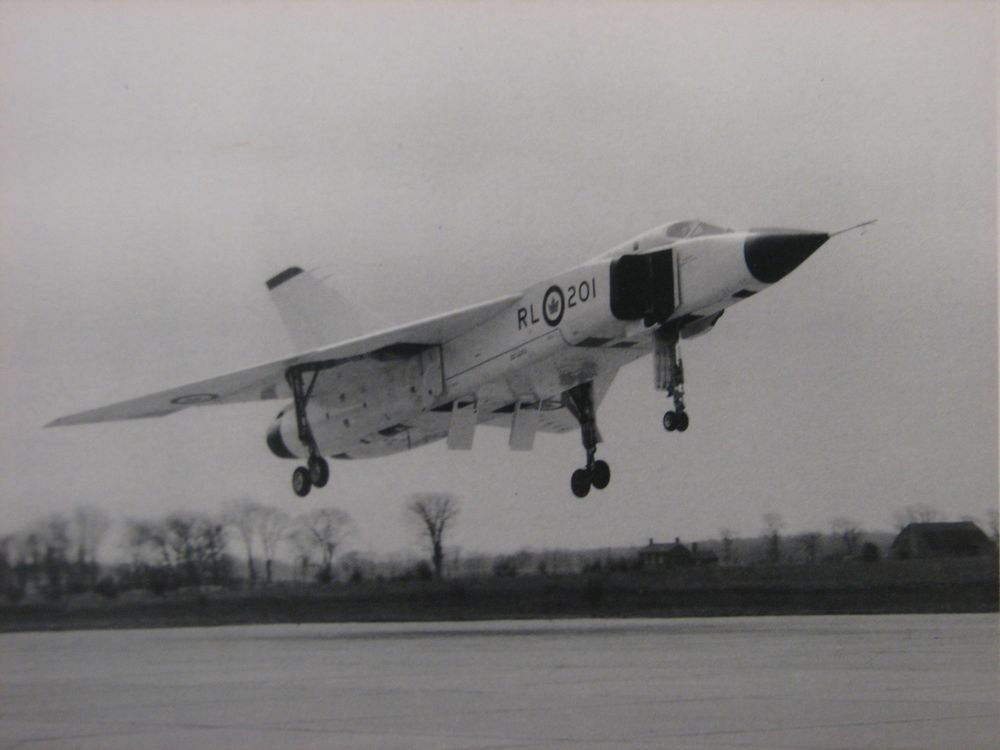Forbes: Here's why we can't buy our warships from foreign companiesOut of pure curiosity what makes it more important or critical to build our own warships or at least large aspects of a warship than let’s say fighter aircraft, transport aircraft, main battle tanks or artillery?
If there are strategic military reasons they would apply across all systems would it not?
If it’s about jobs and dollars then is it driven more by political imperatives than strategic imperatives?
Do the answers matter?
Canada has really only deliberately, consistently and effectively maintained a completely indigenous small arms manufacturing capacity. Everything else has eroded significantly or disappeared and that has been accepted. Why not warship construction?
I think the answers to those questions is why skepticism about the ship building programs comes up consistently.
It is so simple, according to some: Just go out to your foreign new warship dealer and buy the warship of your dreams for billions less than you can build it is Canada. Take the savings and pay ex-shipyard workers Employment Insurance for 10 years.
This would, of course, close every shipyard capable of building large ships in Canada – all three of them. Why did nobody think of it before?
Well, they have, and for decades the idea has been rejected by every type of government. Because it is not just the shipyards that would lose business, but hundreds of small, medium and large businesses across the country. Businesses that not only provide such things as steel and copper, but that produce products ranging from anchors to the integration of combat systems. Does anyone remember the hundreds of businesses that suffered when the Avro Arrow was cancelled in 1959?
But the most important loss would be the loss of intellectual property (IP) that would go along with such an idea.
Intellectual property belongs to those who design the millions of things that go into a modern warship. This IP would belong to those offshore companies who designed the ship and it systems. We have already seen an inkling of this problem with the current attempt to buy offshore designs for the Navy’s Canadian Surface Combatant (CSC). Several countries and their shipyards have balked at the requirement for Canada to have access to the IP of their proposed designs.
But why is this IP important? It is primarily because it limits the amount of maintenance and modification that Canada can carry out. Without the IP, you cannot fix anything, you cannot modify anything and you cannot sell your technology to other countries. It would mean that we would have to send the ships back to their parent shipyards for dockings and other essential work. It would mean that maintenance of any ship systems, from main engines to combat systems, could only be done by the holders of the IP. It would mean little or no work for Canadian workers on any of these systems.
But surely we could buy the IP from the selling shipyard? Well, that would also mean buying it from every IP holder who has equipment on the ship. And it would cost us billions, many of those billions we might also have to put toward payment of ex-employees. This is a sellers’ market and Canada would have very little leverage to acquire IP for minimal cost.
To those who argue the point: It is just not that simple to buy all our warships offshore.
Gordon Forbes, LCDR (ret’d), has been involved in the naval procurement business for the most part of 38 years, both in the Navy and in the defence industry. He lives in Orléans.

Forbes: Here's why we can't buy our warships from foreign companies
It is so simple, according to some: Just go out to your foreign new warship dealer and buy the warship of your dreams for billions less than you can build it is Can…
Barring missile launchers and the Aegis combat management system, U.S. firms have not grabbed a large slice of naval work in Europe, and no change is on the horizon, according to Peter Roberts, director of military sciences at the Royal United Services Institute in London.
“Warships are historically linked to national power, and if you stop building them you are no longer seen as a great power — you are at the bidding of others,” Roberts said.
“The Spanish, the British, the French — they haven’t given up shipbuilding, even if they were better off buying off the shelf, and we are unlikely to see a reduction of yards in Europe,” he added.

An ocean apart: Few naval vendors manage to pierce US and European protectionism
When it comes to shipbuilding, the two trans-Atlantic allies mostly keep to themselves.




